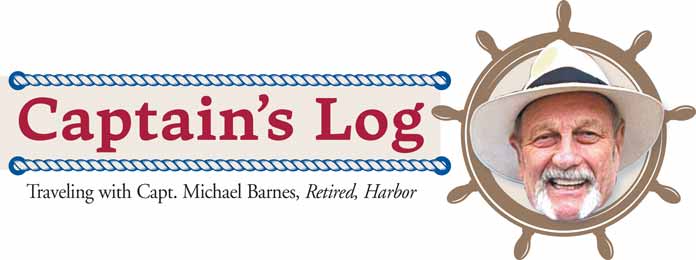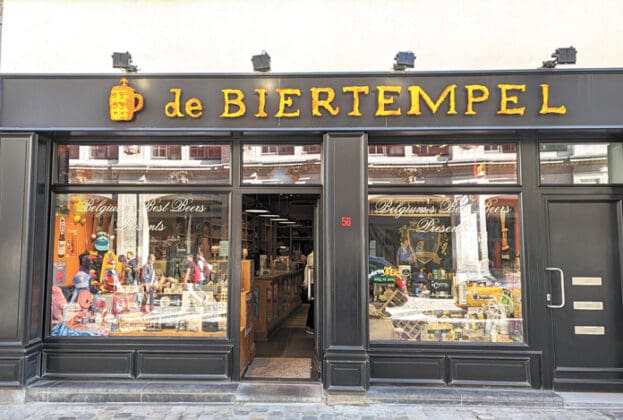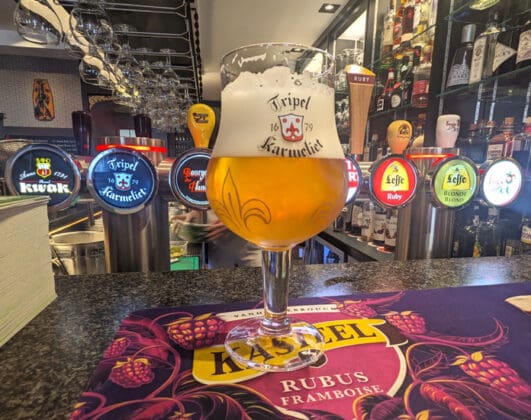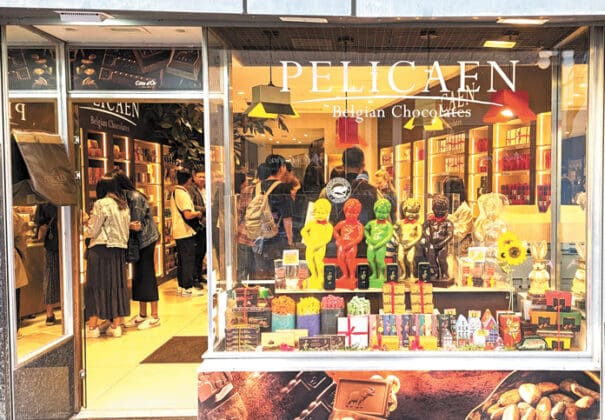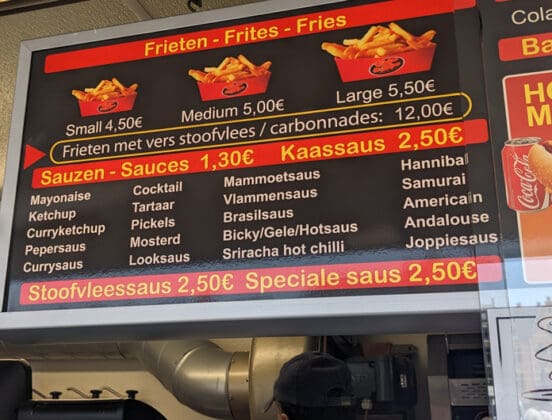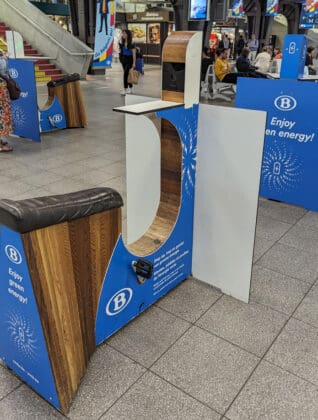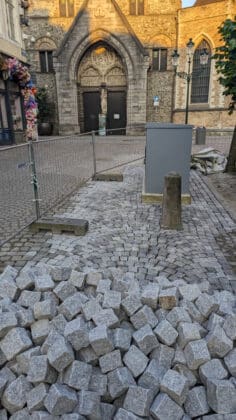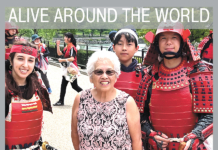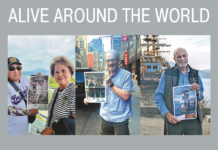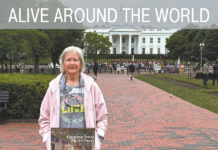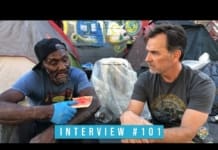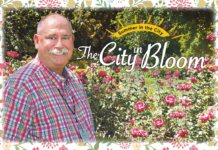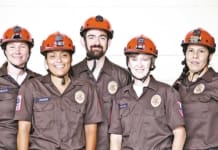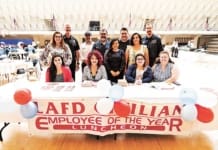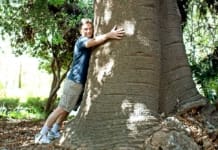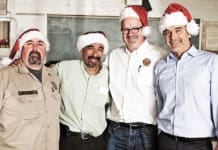 Send in your ALIVE! AROUND THE WORLD
Send in your ALIVE! AROUND THE WORLD
Take Alive! with you wherever you go! Bring your recent copy of Alive! with you when you travel and snap a high resolution photo of you holding Alive!
Send in your pictures and descriptive text using the online form, and we’ll publish it.
SUBMIT YOUR ALIVE! AROUND THE WORLD
Letter From Belgium
Beer and Chocolate
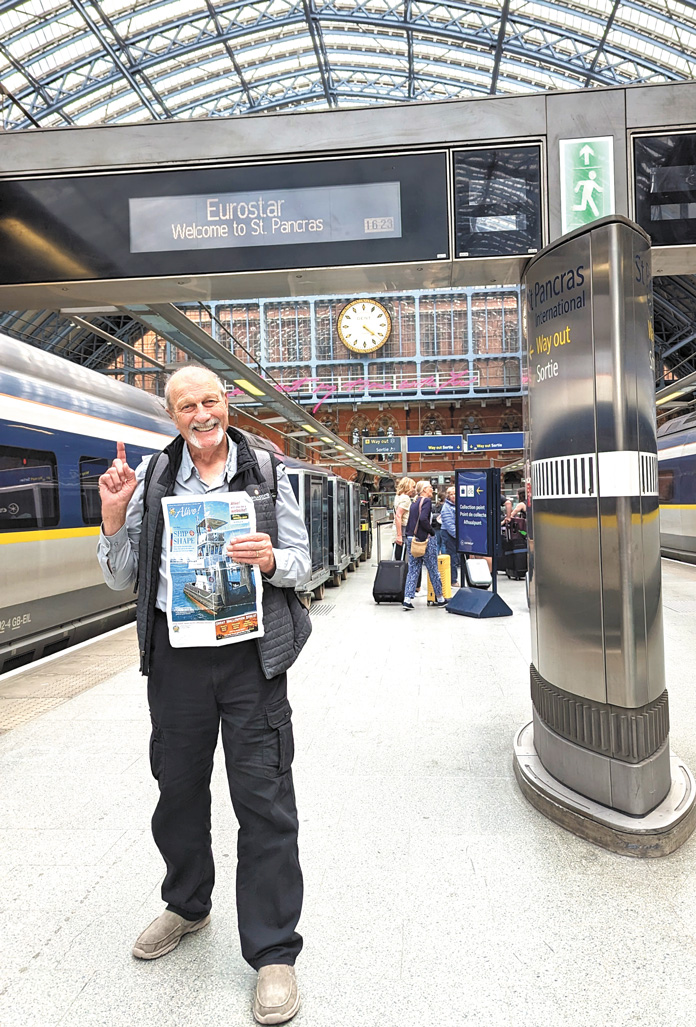
The Kingdom of Belgium is one of Europe’s smallest countries, and its Medieval towns and villages are full of beautiful classic buildings to photograph and explore; it also has the highest number of castles per square kilometer (six-tenths of a mile) in the world (a total of 3,000) due to constant wars between Holland, France and Germany taking place around it. Today, it has three official languages: Dutch-speaking Flanders to the north, French-speaking Wallonia to the south and a German-speaking community to the east. However, like all European cities, English is the dominant business language.
The country takes its name from a group of nomadic Celts called the Belgae, who settled in the region during prehistoric times. At that time, it was a vast forest where deer, boars and wolves roamed freely. Few large, wooded areas and wildlife remain today, although a wolf was recently spotted for the first time in 100 years.
Belgium was the first European country to have a public rail system, so it is easy to move around the country; like the rest of Europe, buying train tickets is simple. On the day, go to the station ticket machine or ticket office. The prices stay the same regardless of whether they are purchased in advance or not and are often cheaper than buying pre-paid train passes from an American online travel agent, especially if you are traveling off peek or with a small group of friends (4). You can even purchase an overnight ticket locally to avoid paying for a hotel room (not recommended), which is almost impossible to get with overseas pre-paid rail passes.
Belgium is renowned for its high-quality chocolates. The first cacao beans arrived in 1635 from South America during the Spanish occupation, brought by monks. The Abbey of Baudeloo monks in Ghent are credited with mixing cocoa with sugar to create a hot chocolate-like drink. To be called chocolate, it must contain 35 per cent cocoa. Today, there are more than 2,000 chocolatiers in the country.
Also, the country brews more than 1,500 different beers, ranging from Trappist (monks again) and abbey beers with their velvet taste and high alcohol content to the more traditional Old Flemish browns, Saisons, Pils, India pale ale (IPA, nothing like American) and a wealth of other styles, all with their special glasses. Unlike the USA, voting is compulsory for Belgian citizens from the age of 16, but it is also the legal drinking age; admittedly, this applies only to “light” drinks such as beer, wine, or champagne; for spirit drinks, you have to be 18 years old!
Belgium’s national dishes are “steak and fries” or “mussels with fries.” By the way, Belgium invented French fries, not France or the USA. American soldiers stationed in Belgium during WWI were said to have discovered the fried meal of potato strips used as a substitute for fish when the river was frozen. They named it “French fries” because French was the dominant language in the area.
Fun Facts: The saxophone was invented by a Belgian named Adolphe Sax from Dinant, and Belgium has the fewest McDonald’s per capita in the developed world.
Tourists often overlook Belgium as they speed through on the sleek Euro express trains or the Autostradas to other European destinations. Stay a day or two and be pleasantly surprised.
— The Captain


